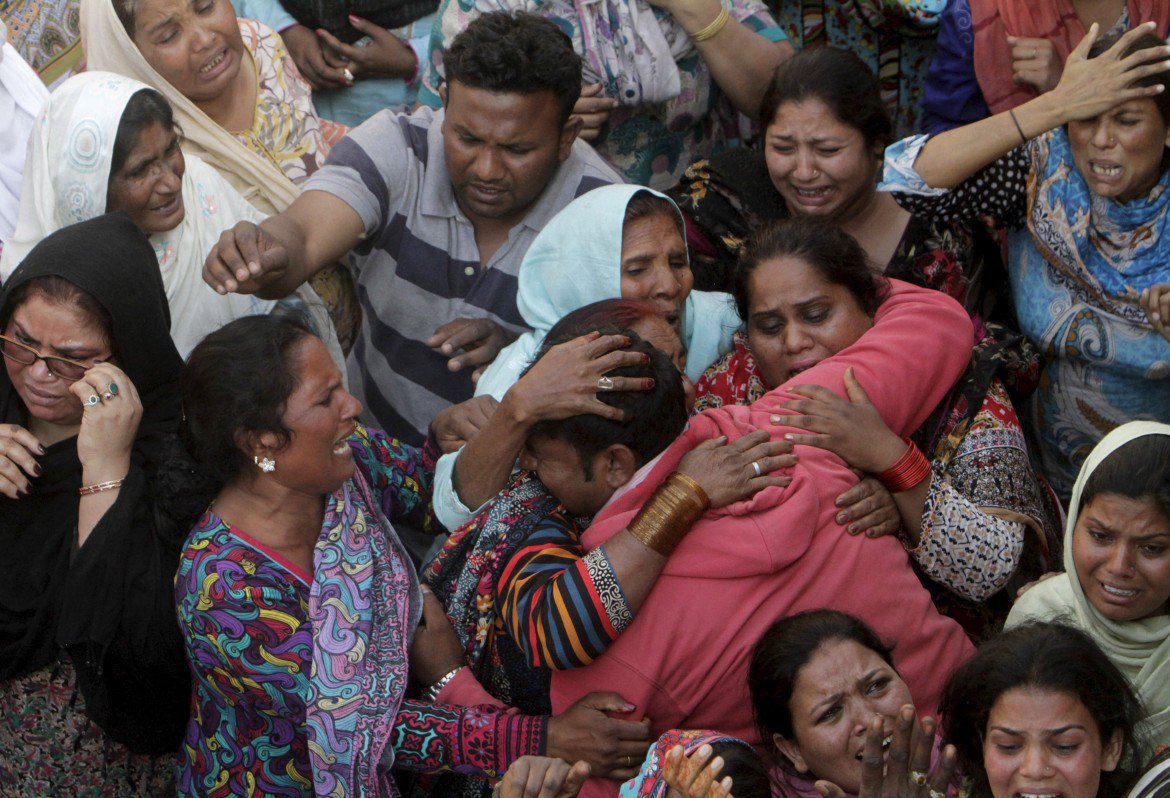Terrorism
Pakistan terrorist groups split and kill for prominence
The suicide bombing in Lahore was the latest attack by a growing number of splinter terrorist factions in Pakistan competing for power.

In the wake of the Easter massacre, Pakistanis of all religions are expressing solidarity with the victims of the attack in Punjab, with three days of national mourning and with strong statements against radical Islam from the country’s top leaders. On Monday, Army General Raheel Sharif, the strong man behind offensives in Waziristan, commenced “Operation Punjab” to root out jihadists in the province.
The terrorist attack Sunday is one more tragic consequence of the murderous logic that has bloodied the country for over 15 years. A shadowy splinter group known as Jamaat-ul-Ahrar took credit for the suicide bombing that consumed a public park in Lahore, killing at least 72 people and wounding hundreds. Though they claim to have targeted Christians, recreation has no faith, and the victims were of all ages, social backgrounds and religions.
The bomber who entered the park without difficulty (triggering the inevitable controversy over the absence of security forces) belonged to a terror organization that in 2014 broke away from the Tehrik-i-Taliban Pakistan (TTP).
The TTP is an umbrella group that traces its ideology to the Deobandi school of Islam and focuses its attacks on the government in Islamabad, which it believes is apostate and subservient to the United States. But in recent years, fighters have peeled away from the TTP to form their own groups, part of an increasing atomization of terror organizations in Pakistan.
One of the senior leaders of Jamaat-ul-Ahrar is Ehsanullah Ehsan, who had long been a TTP spokesman. Some outlets have reported that Jamaat-ul-Ahrar is supporting ISIS, but there’s no evidence of that. Whatever the case, the Easter bombing shows that the TTP is still in crisis and that an indiscriminately violent turf war — perhaps for control of the old jihadist network — is in progress.
Lahore is the capital of Punjab and was the capital of the region when Pakistan and India were united under British rule. It’s the most populous and important province of the country, governed by the brother of Prime Minister Nawaz Sharif. The Punjabi faction of the TTP has been silent for some time, and, apart from rare forays into other provinces, jihadist extremism remains largely confined to the province of Khyber Pakhtunkhwa.
Christians have not typically been the main enemy of the TTP, which, if anything, has been geared to fight against Shiites, Sufis and Islamic minorities. The arrival of ISIS sparked disputes within clans of the Pashtun border insurgency, and the government’s northern operations, begun almost two years ago, have shattered safe havens for domestic and foreign militants. It’s difficult to figure out what Jamaat-ul-Ahrar’s relationship is with ISIS, which is present in Pakistan but more a threat than a reality.
Jamaat-ul-Ahrar rose to prominence with an attack on the India-Pakistan border, but its actions have diversified since then. The Lahore bombing proves they intend to move beyond tribal areas and doesn’t care who the victims are. In January, a handful of fighters from a TTP splinter group attacked and killed more than two dozen university students and professors in Charsadda. And in December 2014, the TTP killed over 140 students at a military school in Peshawar.
Originally published at http://ilmanifesto.info/colpita-al-cuore-la-perla-dellislam/ on 2016-03-29
